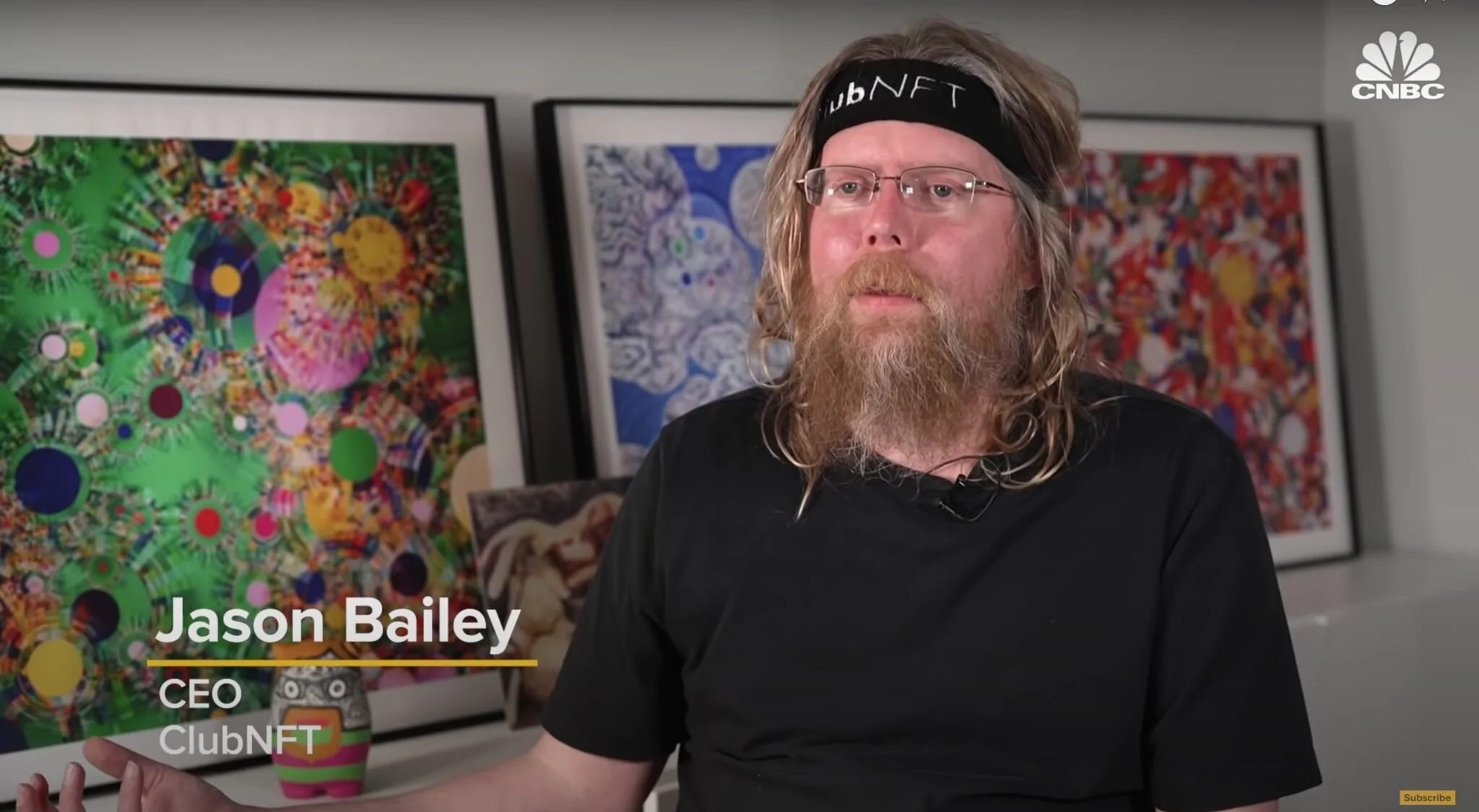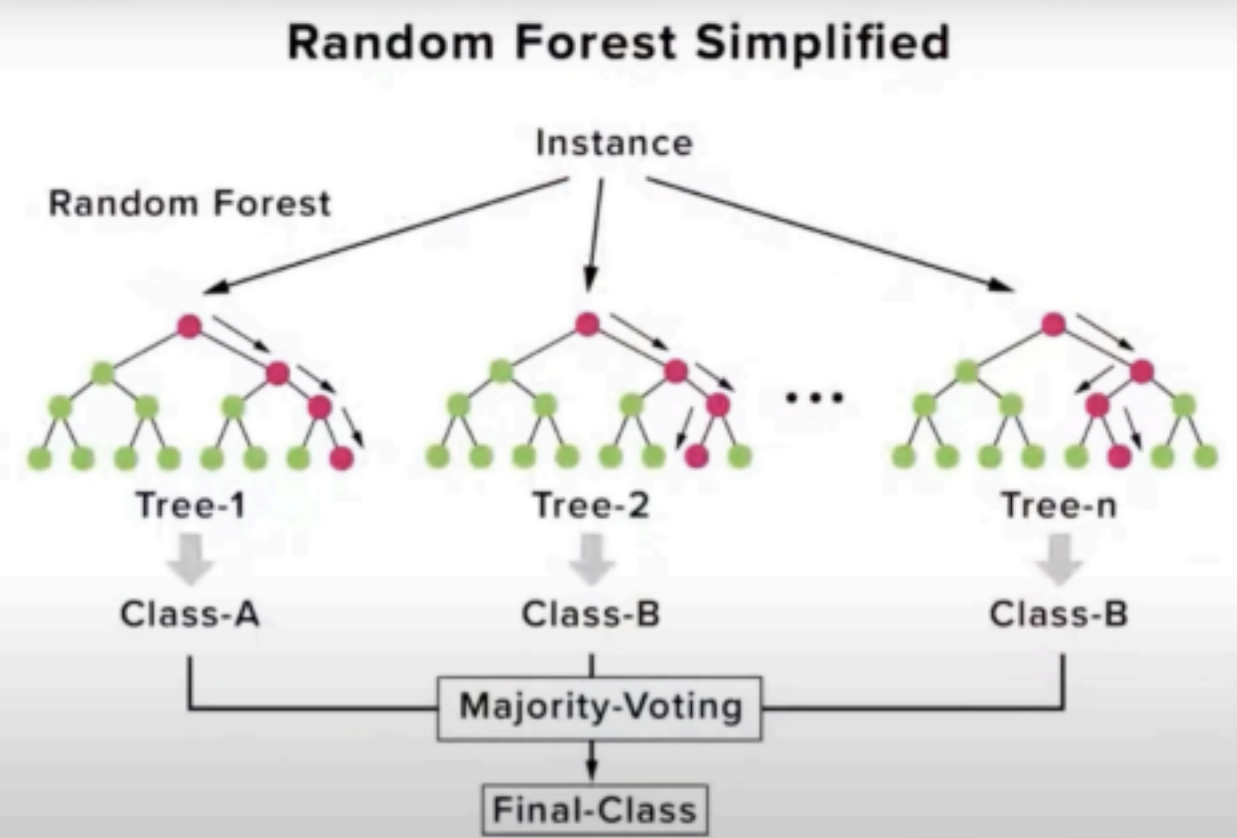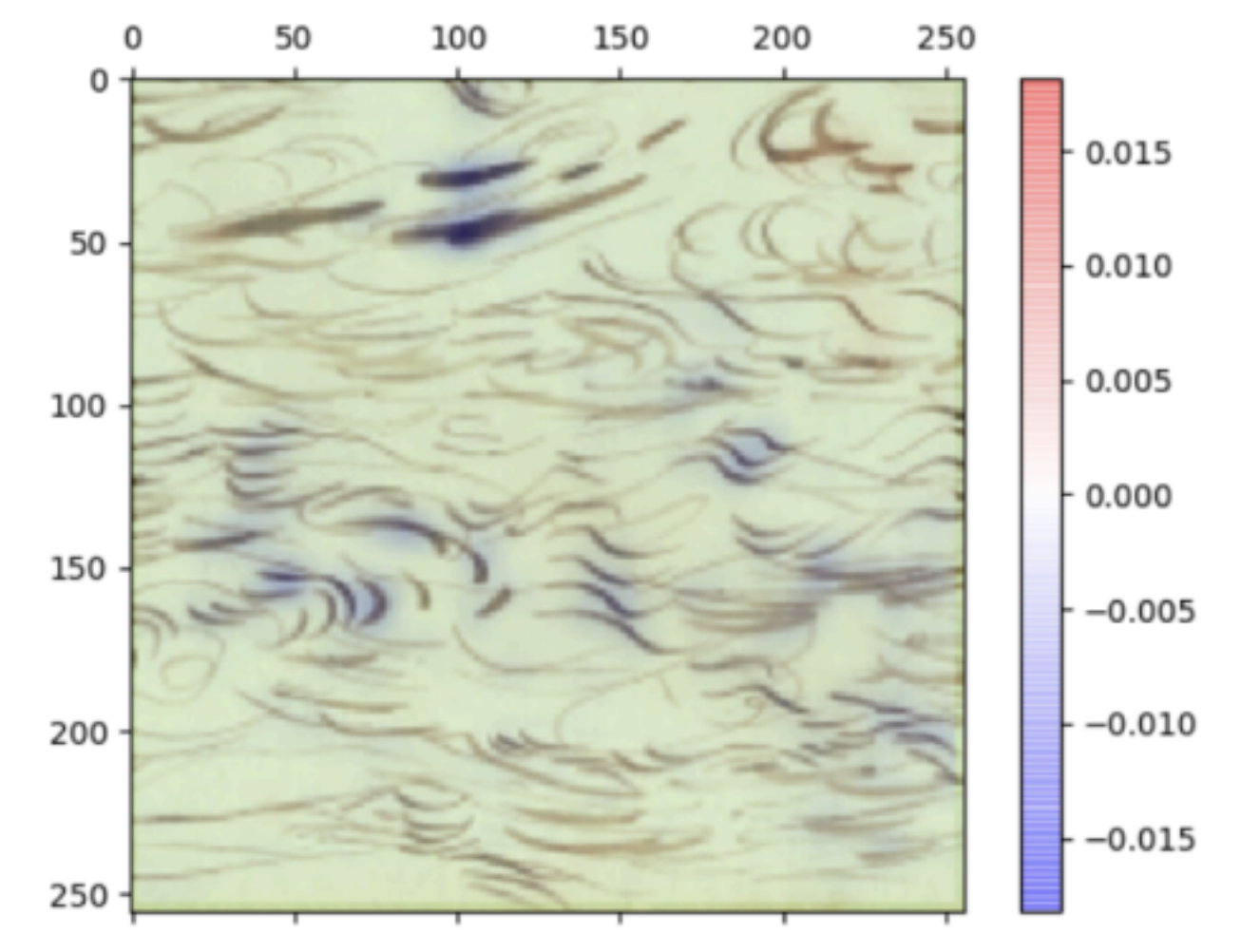By: Venetia Liao
introduction
It is fair to say that auctions have been around for a very long time. The earliest auctions are said to have appeared as early as 500 BC. There is evidence to support the fact that art auctions may have emerged during the Roman times. Art auctions gained popularity among the new-sprung middle class during the 17th century, and two art auction house moguls appeared: Sotheby’s and Christie’s, which opened in 1744 and 1766 respectively.
The art auction market documents and reflects the tastes and viewpoints of every era. Though auctioning is a long-established and time-honoring form of trading, the method and fashion of art auctioning are also challenged and transformed to reflect the needs and trends of each era. In this technology-driven era in which all fields of professions and markets are being affected, the world of art auctions is also being transformed at a rapid speed.
Historic and large-scale auction houses such as Sotheby’s, Christie’s, Bonhams, and Phillips have undergone and are still undergoing adaptation to online auctions. Digital online art auctioning platforms such as LiveAuctioneers, Invaluable, and Bidsquare are growing and gaining popularity; new competing auction platforms are sprouting and gaining popularity by the minute.
Image: Roope Rainisto (b. 1979), Swan Dive. GenAI Non-fungible token.
Image Source: Christie's online
How AI is becoming a new commander in tech, how is it affecting art auctions?
The price of AI-generated art is skyrocketing in art auctions, codes and algorithms themselves are becoming A-lists in the auctions, and art-auctioning systems are being challenged and transformed by generative AI too. Yet, the machine learning side of AI is a driving force in the ecosystem.
Image: Jason Bailey’s Interview with CNBC
Image Source: Jason Bailey’s public LinkedIn profile
Jason Bailey, founder and “chief art nerd” of ClubNFT and Artnome built a machine to scan and archive data from a selection of catalogue raisonnés. With the help of data scientist Karl Walters, the archived data was blended with auction data. Using the random forest model, they were able to create art auction public estimates for four pieces of art that would become their sample size: a Georgia O’Keeffe, an Edward Hopper, a John Marin, and an Arthur Dove. Though the sample size was small, two out of four of the estimates that Bailey’s team had made via machine learning were more precise than that of Christie’s, which was the result of skilled human art appraisers.
Image: Jason Bailey’s Random Forest Simplified Mode
Image Source: Jason Bailey’s interview with MIT Technology Review
Bailey shares how the unprecedented art prices we see on the news are often outliers in the auction, which may be difficult for machine learning to estimate. However, aside, from the unprecedented outliers, there are vast majorities of artworks that do fall in the norm which databases could store for machines to learn how to forecast future estimates.
Machine learning prediction may not excel or be useful at estimating the high-tier artworks that often create unprecedented, outlier prices; yet it could be extremely impactful in three ways: Creating appraisal estimates for mid-tier artworks, detecting artwork forgery, and marketing artworks to interested buyers and audiences.
Mid-Tier-Market Appraisal Automation & Human Appraisal Augmentation
Manual human art appraisals can be pricy, time-consuming, and bound by the number of human experts available to undergo appraisals. Due to these constraints, it can be hard for every art piece heading into auctions to receive ample appraisal to land at precise price estimates. And yet, the precision of price estimates creates the price transparency and trust validity that bidders seek, which ultimately creates increased market liquidity.
Machine learning, though currently not as accurate as human appraisals, can increase the volume, speed, and frequency of appraisals dramatically. With the availability of art evaluating machine learning technology, all artworks heading to auctions could be processed by the machines to undergo automated valuation, which may increase the art market’s liquidity due to the increased precision and transparency of mid-tier-market artworks and reinforce the overall art market.
The VP Director of Machine Learning and VP Director of Product at Sotheby’s are working on augmenting human appraisers’ abilities via machine vision and machine learning. The goal is not to replace human appraisers with machine learning, but instead to make them “super predictors” that are free from repetitive tasks to focus on the high dollar value pieces where the volume is lower, and where price estimates become more critical (personal communication, October 24, 2019). Once the technology is mature, it may fully automate the price estimation and end-to-end sales process of middle market appraisals (personal communication, October 24, 2019). As Bailey stated in his interview with MIT Technology Review, he believes that machine learning in the art auction world is best when used in an augmented way, with both humans and machines striving to create price estimates with precision, market transparency, and liquidated markets.
Identifying & Marketing Art To Bidders & Audiences
Sotheby’s Andrew Shum and Ahmad Qamar have also partnered up with data scientist Richard Vibert to analyze the database of over 50,000 images of previously sold works to develop an algorithm to be more nimble in connecting buyers and sellers, increasing the volume of opportunities for collectors at all price points (Sotheby’s 2018). “Sales will not be limited to specialists’ detection of clients, but with the algorithm that can analyze the clients’ tastes and interests in art to deliver better insights and match those three elements faster, providing staff with better tools, clients with a better experience and our consignors with even better results.”
Artsy, another leading art market auction house, also hired AI specialist Hugo Liu as chief scientist to research and undergo art market machine learning prediction in 2017. Liu is a consumer taste researcher and data scientist specializing in leveraging machine learning and massive behavioral datasets to map out consumer tastes and forecast brand trends.
Another study conducted by Caltech researchers found that computer programs could predict the art preferences of their audience by obtaining and analyzing data from volunteers. “We are gaining an insight into the mechanism that people use to make aesthetic judgments,” shares Professor John O’Doherty. “The computer program then estimates how much a specific feature is taken into account when deciding how much to like a particular piece of art. Once the computer has estimated that, then it can successfully predict a person’s liking for another previously unseen piece of art,” shares scholar Kiyohito Ligaya. Interestingly, the researchers found that the volunteer’s tastes could be clustered into three main categories: those who like paintings with real-life objects, such as impressionist paintings; those who like colorful abstract paintings, such as Rothkos; and those who like complex paintings, such as Picasso’s cubist portraits; and the majority of people who enjoy the “real-life object” category. To sum up, machine learning can be used and is already being used to detect, analyze, and cluster people’s tastes in art to reach and target specific bidders, buyers, and audiences for different categories of artworks.
Detecting Artwork Forgery
According to Dr. Carina Popovici, an expert in the art recognition algorithm, its algorithm is based on a deep convolutional neuronal network in which they train machines to learn the characteristics of an artist from a set of original artworks by that certain artist. When a new, previously unseen artwork is being analyzed, the same type of features are collected and compared to the already stored one. If they match, the new image is labeled as original; otherwise, it may be a fake. The probability of distinguishing original from fake can be higher than 90%, depending on the style and artist. As the researchers do not wish to bias the training, they only input data that are high-quality photographic reproductions of artworks by that artist from trusted and verified sources such as catalogue raisonnés or museum databases. The research team allows the network to choose the relevant features they want themselves and only input brushstroke data intentionally. They then use heat maps to showcase and analyze visual interpretations of the machine’s decision process.
Image: Close-up of an Art recognition heat map
Image Source: Artnome
However, as with all technology, the use of machine learning in the art auctioning world is not without its issues. If selection bias is being woven into the algorithmic systems, chances are that the prediction may become biased. For instance, if there is a lack of diversity regarding artists and artworks, it may negatively affect the artists’ reputation and ultimately the artworks’ price and value in the art auctioning market.
-
Bailey, J. (2019a, September 12). Can ai art authentication put an end to art forgery?. Artnome. https://www.artnome.com/news/2019/9/12/can-ai-art-authentication-put-an-end-to-artforgery
Frąckiewicz, M. (2023, May 1). How ai is shaping the future of the fine art auction industry. TS2 SPACE. https://ts2.space/en/how-ai-is-shaping-the-future-of-the-fine-art-auction-industry/  Moma R&D.
MoMA R&D | Hugo Liu. (n.d.). http://momarnd.moma.org/salons/salon-16-the-way-of-the-algorithm/hugo-liu-1/ 
Ricci, B. (2022a, July 29). Art auctions through history. Artland Magazine. https://magazine.artland.com/a-short-history-of-art-auctions/ #:~:text=The%20first%20evidence%20of%20art,disuse%20by%20the%20Middle%20Ages.
Seymour, T., & Hickley, C. (2021, October 1). The AI-powered app that claims to instantly price a work of art-we tried it out at Art Basel. The Art Newspaper – International art news and events. https://www.theartnewspaper.com/2021/10/01/the-ai-powered-app-that-claims-to-instantlyprice- a-work-of-artwe-tried-it-out-at-art-basel
Stanford University. (n.d.). https://cs230.stanford.edu/projects_fall_2019/reports/26261328.pdf
YouTube. (2021, December 9). Can machine learning predict the price of art at auctions. YouTube. https://www.youtube.com/watch?v=rG_if66PWmA&n
“Online Auctions for Arts, Antiques & Collectibles.” LiveAuctioneers. Accessed February 2024. https://www.liveauctioneers.com
“The World’s Premier Online Auctions.” invaluable.com. Accessed February 7, 2024. https:// www.invaluable.com/
“Leading Online Auction Site - Live Antique Auctions.” Bidsquare. Accessed February 7, 2024. https://www.bidsquare.com/ “Clubnft.”
ClubNFT. Accessed February 7, 2024. https://www.clubnft.com/
Artnome. Accessed February 7, 2024. https://www.artnome.com/





